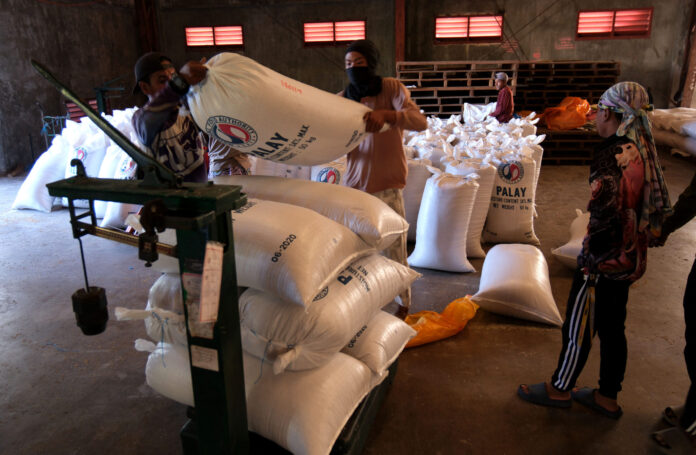The Rice Tariffication Law (RTL) has severely weakened the National Food Authority’s (NFA) ability to stabilize rice prices and supply, stripping it of key regulatory powers—including the authority to sell rice directly to the public.
Once a crucial player in controlling market prices through timely imports and public sales, the NFA is now reduced to a buffer-stocking agency, limited to buying rice from local farmers for emergency use. Before the RTL took effect in 2019 and its amended version this year, the NFA could import rice to augment supply, allowing it to maintain a healthier buffer stock and intervene when prices surged.
NFA administrator Larry Lacson explained that even under the amended RTL, the agency may only dispose of rice stocks through auction when the rice is aging (2–3 months post-milling), during a declared food security emergency, or in the event of a calamity or emergency. Even then, failed auctions risk spoilage of aging stocks.
In palay form, aging takes twice as long at six months. Aging palay needs to be milled immediately.
Following the first in first out system, it can take theoretically 9 months minimum from palay purchase before auction could happen, Lacson said. “That means, inferior quality stocks and higher cost due to stock maintenance just to keep it from insect infestation. Allowing NFA to directly release stocks to the market ensure better quality rice at more affordable prices,” he said.
Agriculture Secretary Francisco P. Tiu Laurel Jr. further stressed the need for the NFA to get some of its regulatory powers back.
“We need to restore some of NFA’s powers to help it manage the country’s rice situation more effectively,” said the DA chief, who is also chairman of the policymaking NFA Council. “The House version of the revised RTL offered that chance—but unfortunately, the Senate Committee on Agriculture rejected it,” he said.
The DA Secretary added that the NFA’s inability to directly sell rice to the public has hindered its ability to optimize financial resources—funds that could have been allocated to increase rice procurement and strategic market interventions benefiting both farmers and consumers.
Despite these constraints, the NFA has increased its buffer stock tenfold over the past year under DA guidance, now holding over 7.7 million 50-kilo bags—enough for 10 days of national consumption.
With warehouses nearing capacity, the agency must soon unload stocks to make room for more palay, which it buys at ₱18–₱19 per kilo for fresh harvest and ₱23–₱24 for dry. Without reforms, however, the NFA’s hands remain tied, unable to act swiftly in a volatile market that directly affects millions of Filipinos.







